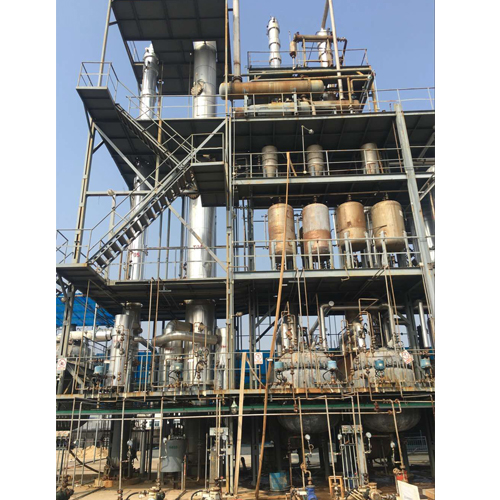Methyl acetate is an organic compound widely used in industrial and chemical applications. Its versatile properties and reactivity make it essential in various processes. This article explores its behavior under different conditions, its decomposition pathways, and its reactions with various catalysts and compounds.
Hydrolysis and Decomposition of Methyl Acetate
Methyl acetate hydrolyzes readily, especially in the presence of water or acidic conditions. At normal temperatures, it undergoes hydrolysis to produce acetic acid. However, when subjected to heat, its decomposition becomes more complex, leading to multiple products depending on the specific conditions.

Decomposition Pathways
1. Thermal Decomposition:
- When heated, methyl acetate decomposes into acetaldehyde and formaldehyde.
- At elevated temperatures, these compounds can further decompose into methane, carbon monoxide, and hydrogen.
2. Catalytic Decomposition:
- Halogens, especially iodine, act as catalysts, significantly accelerating the decomposition process.
- In the presence of nickel, methyl acetate remains stable below 150°C. Above this temperature, it decomposes into methane, carbon monoxide, and water.
3. Reaction with Air and Metals:
- When heated in the presence of air, catalysts like copper, silver, and molybdenum promote decomposition, resulting in the formation of formaldehyde and acetic acid.
4. Complex Decomposition Products:
- Methyl acetate can break down into methanol, acetone, diacetyl, ethane, methane, hydrogen, carbon monoxide, and carbon dioxide, depending on the specific conditions and catalysts.
Reaction with Chlorine and Sodium Methoxide
Methyl acetate exhibits unique reactions with certain chemicals, further demonstrating its versatility.
1. Reaction with Chlorine:
- Under exposure to light, methyl acetate reacts with chlorine to produce chloroacetic acetate.
2. Condensation with Sodium Methoxide:
- In the presence of sodium methoxide at temperatures between 57°C and 80°C, methyl acetate undergoes condensation to form methyl acetoacetate.
Interaction with Salts and Complex Formation
Methyl acetate interacts with specific salts to form complexes, highlighting its chemical reactivity:
- Boron trifluoride, aluminum chloride, ferric chloride, and nickel chloride can form complexes with methyl acetate.
- Calcium chloride, in particular, forms a crystalline compound with methyl acetate, which is why it is unsuitable as a desiccant for this compound.
Applications and Professional Support
As a technology provider, we specialize in methyl acetate production and related chemical processes. Our expertise ensures efficient production methods and the ability to cater to diverse industrial requirements.
Conclusion
Methyl acetate's reactivity and decomposition under varying conditions make it a vital compound in chemical synthesis and industrial applications. Whether through thermal decomposition, catalytic reactions, or complex formation, its behavior provides valuable opportunities for innovation.
For professional support or inquiries regarding methyl acetate production, feel free to contact us. As a Methyl AcetateTechnology Provider, we can provide professional Methyl Acetate Production and more information.
















